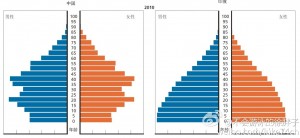“Socio-economic equality through the education of underprivileged children” – This is the grand aim of Asha for Education, my host charity for the Insights scheme this summer. It has over 66 offices worldwide, running more than 300 projects in India to help improve the literacy levels of the poorest in society. The majority of the international ‘chapters’, as they are called, are responsible for fundraising. However as part of my internship, I am involved with the project analytics side of things.
With over 300 projects, some are bound to under-perform. On the other hand, there will be lots of projects that achieve their aims and make a difference in society. Part of my task is to analyse and compare different projects and come to a judgement about the reason for the outcome. The lessons that can be learned from one successful project can then be applied to other struggling ones. To narrow the field of projects, I spent the first week getting to know my target area well – youth unemployment projects.
This is the problem I am helping to solve. The graph on the left shows the population demographics for China, with male in blue and female in orange; the graph on the right shows the same for India. China, over the last few decades, had a transition from right to left. This signifies an increase in the workforce (the population aged 15 to 59) and resulted in economic growth and improvement in standards of living for much of the population. To take advantage of this, policies need to be implemented to combat youth illiteracy and unemployment, something which India is yet to do. It is expected that India’s demographics will mirror those of China’s by 2040, giving the country about 25 years to take advantage of this demographic dividend. Asha has many projects which help with this, especially targeting disadvantaged and underprivileged youth.
In the first week, I have mainly been reading up on the background of the situation. This is key to understanding the impact that the projects are having in their rural communities. In addition, the analysis has already been going for about 6 months; I have the remainder of the week to look over the data that has been collected so far. This will prepare me well to start my own mini-project next week, finishing off with a report on my findings. I look forward to completing that by the end of the month!
